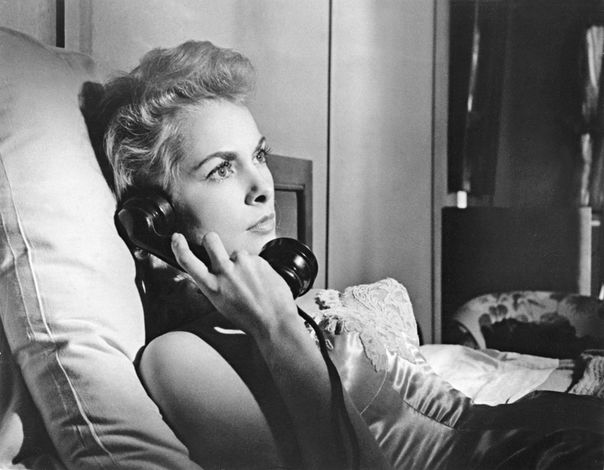NOIR’S NOT DEAD
Orson Welles’ TOUCH OF EVIL treats moral uncertainty as a bleeding wound.

TOUCH OF EVIL
It’s never too late to discover, or rediscover, Orson Welles’ late studio film TOUCH OF EVIL (1958), screening this year at the Berlinale as part of the retrospective programme. It doesn’t need to be examined indulgently just because it’s a classic. Paul Schrader once evaluated the movie as “an epitaph for film noir,” but it’s hardly likely that Welles was trying to bury the genre. TOUCH OF EVIL is a living noir, using expressionistic means to elicit pathos from one character’s desire to expose injustice and corruption.
Ostensibly a straightforward crime film about solving the murder of a wealthy American citizen close to the Mexico-United States border, TOUCH OF EVIL centres on the rivalry between two policemen with different working methods: the charming, judicious Mike Vargas (Charlton Heston, made up to play the only admirable Mexican in the film), a narcotics agent on the Mexican side of the border; and hefty, imperious Hank Quinlan (Orson Welles), the local chief of police whose reputation for convicting criminals is undisputable even if his working methods are questionable. The tone shifts are constant and fluent; owing to the interference of peripheral characters and events, the film oscillates from suspense (as the investigation progresses) to romance (in the scenes between Vargas and his wife, Suzy, played by Janet Leigh) and even to slapstick (during some of the lighter incidents set in seedy locales, foreshadowing the greater miseries to come). Unlike a thriller that relies on its action for effect, TOUCH OF EVIL starts with an explosion and ends with a short line by an episodic character, and yet never stops gathering momentum in between.
Welles makes creative use of light and sound to maintain suspense while freeing his characters to be spontaneous. In one of several situations in which this particular noir woman has to look after herself, Suzy, irritated when a stranger points a flashlight toward her window from across the street, yells and then unscrews the lightbulb and throws it out her window. When Vargas arrives, he finds her in the dark and asks why she doesn’t turn on the light, to which she responds simply, “Because there isn't any bulb anymore.” In the climactic scene where Vargas surreptitiously follows Quinlan with a tape recorder, hoping he will denounce his working method in an amiable chat with an old colleague, the soundtrack literally plays a dramatic part: Vargas has to sneak under the bridge Quinlan is strolling across without making himself (or his tape recorder) heard. It is this precisely rendered unsteadiness that makes TOUCH OF EVIL distinctive: in the environment in which these two detectives do their job, the morality of the law is a fictional convention – one that Orson Welles decides to break.

